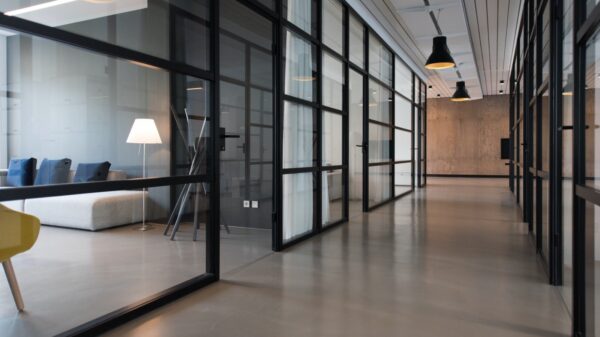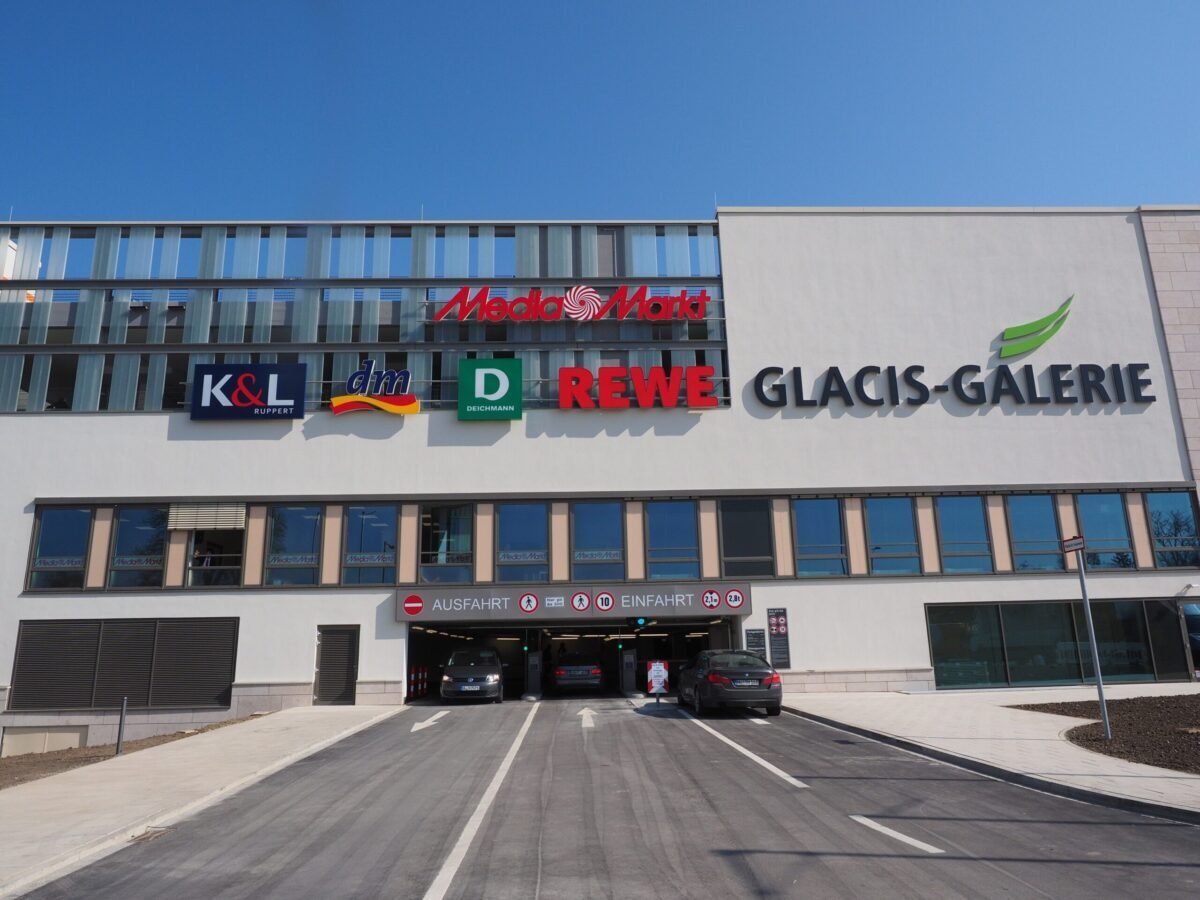Obsolescence is an often-overlooked factor that can significantly impact the value of commercial real estate properties. In essence, obsolescence refers to the process by which a property or its components become outdated, less desirable, or less functional over time. Understanding the different types of obsolescence and their implications is crucial for investors, property owners, and real estate professionals when making informed decisions about property investments and management. In this article, we will delve into the three main types of obsolescence—economic, functional, and physical—and explore why understanding obsolescence is essential in the realm of commercial real estate. We will also examine the difference between curable and incurable obsolescence.
Defining Obsolescence in Real Estate:
Obsolescence in real estate occurs when a property or its components lose value or become less desirable due to factors such as age, wear and tear, changes in market demand, or advancements in technology. It can manifest in various ways, affecting not only the property’s physical condition but also its functionality and economic viability. Obsolescence can be categorized into three primary types: economic, functional, and physical.
Economic Obsolescence:
Economic obsolescence, also known as external obsolescence, occurs when factors outside the property itself cause a decline in its value or desirability. These external factors may include changes in local or regional economic conditions, shifts in demographics, alterations in zoning regulations, or fluctuations in market demand. For example, a commercial property located in an area experiencing high unemployment or a decline in local businesses may suffer from economic obsolescence.
Functional Obsolescence:
Functional obsolescence arises when a property’s design or layout becomes outdated or inefficient, resulting in diminished usability or appeal. This type of obsolescence may stem from changes in building codes, technological advancements, or evolving consumer preferences. Examples of functional obsolescence include an office building with an outdated HVAC system, a retail space with limited parking, or a warehouse with insufficient ceiling height to accommodate modern storage systems.
Physical Obsolescence:
Physical obsolescence refers to the natural wear and tear of a property and its components over time. This type of obsolescence is often the result of deferred maintenance or the aging of building materials and systems. Physical obsolescence can lead to a decline in the property’s value, as potential buyers or tenants may perceive the property as less attractive or require costly repairs and upgrades.
Why Understanding Real Estate Obsolescence is Important:
Comprehending the various types of obsolescence is essential for several reasons:
- Property valuation: Accurate property valuation is critical for investors, property owners, and real estate professionals. Understanding the impact of obsolescence on a property’s value helps inform investment decisions, property management strategies, and pricing negotiations.
- Maintenance and renovation planning: Identifying obsolescence allows property owners to prioritize maintenance and renovation projects that can help preserve or enhance a property’s value.
- Risk management: Understanding obsolescence can help investors and property owners identify potential risks and vulnerabilities associated with a property, informing risk management strategies and investment decisions.
Curable vs. Incurable Obsolescence:
Obsolescence can be further classified as curable or incurable, depending on whether it can be feasibly addressed or mitigated. Curable obsolescence refers to issues that can be reasonably resolved through repairs, upgrades, or modifications. In contrast, incurable obsolescence involves factors that cannot be easily addressed or would be cost-prohibitive to remedy, such as a property’s location or the overall economic climate.
Conclusion:
Obsolescence is a critical factor to consider when evaluating commercial real estate properties, as it can significantly impact a property’s value, desirability, and functionality. By understanding the nuances of economic, functional, and physical obsolescence, investors, property owners, and real estate professionals can make informed decisions about property investments, management, and risk mitigation. Recognizing the difference between curable and incurable obsolescence is also essential, as it informs decisions related to property maintenance, renovation, and investment strategies. Ultimately, a comprehensive understanding of obsolescence and its various forms is crucial for navigating the ever-evolving landscape of commercial real estate and ensuring the long-term success of property investments.





































